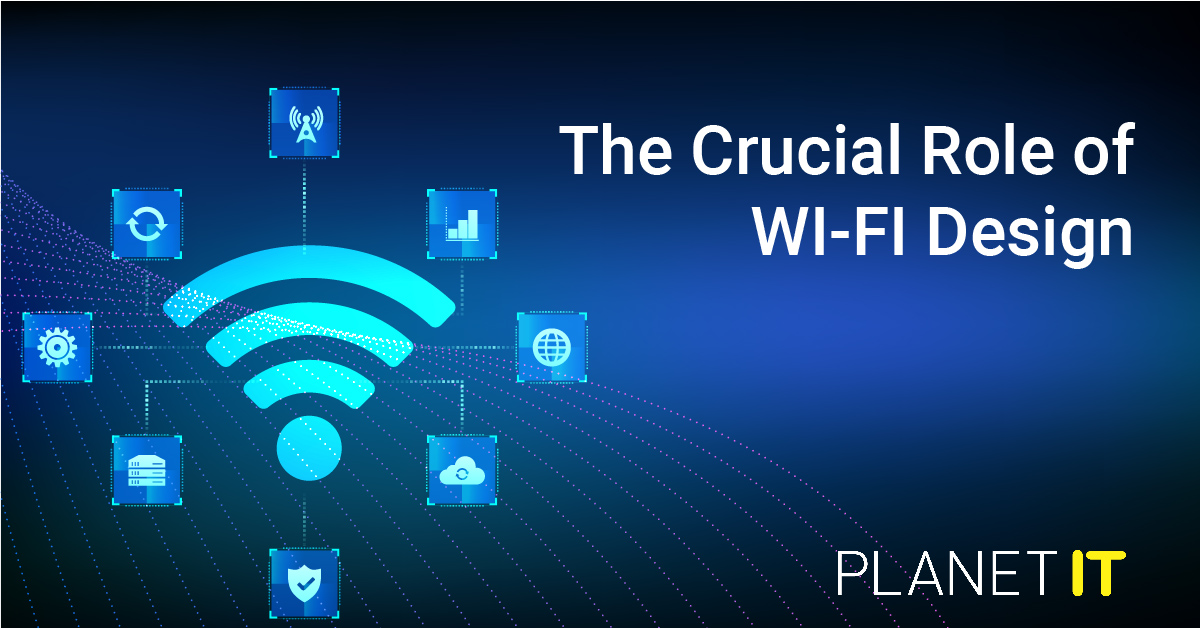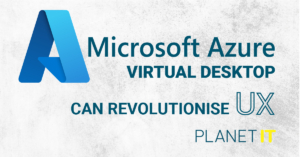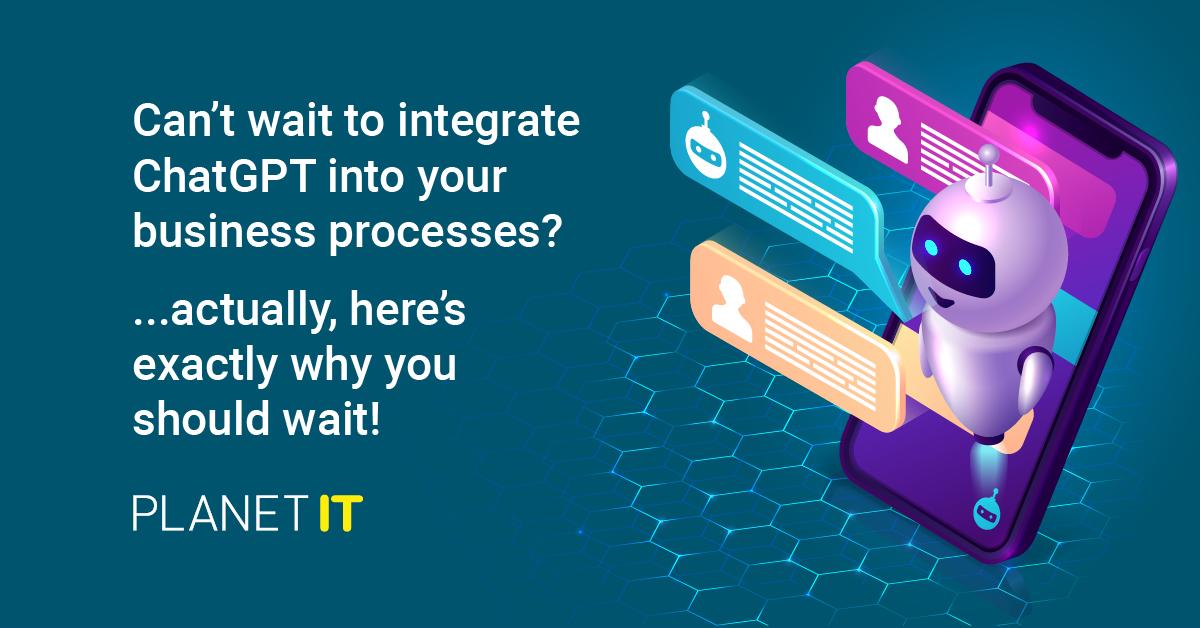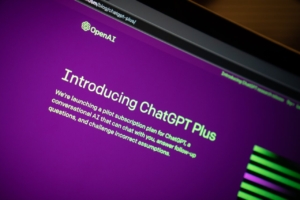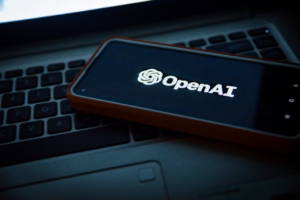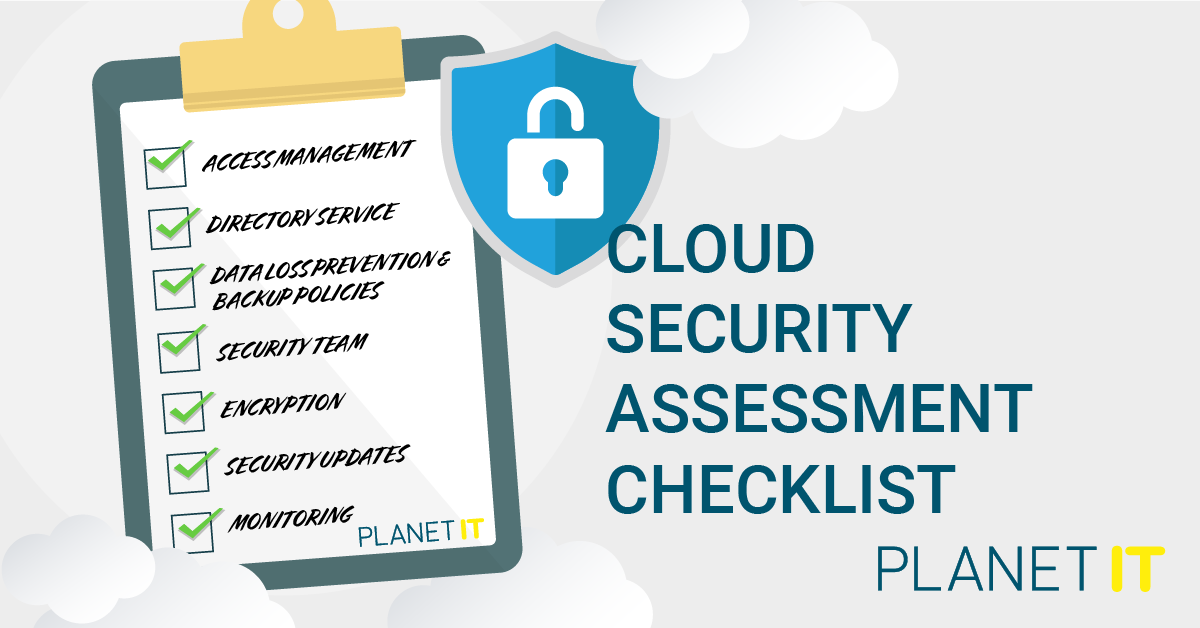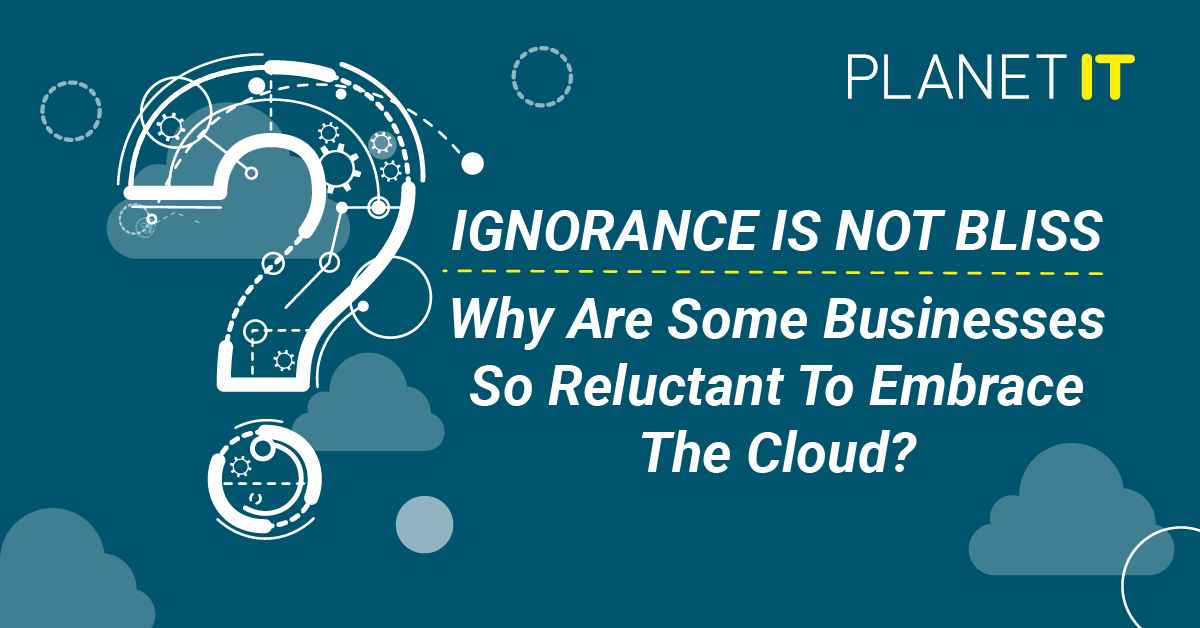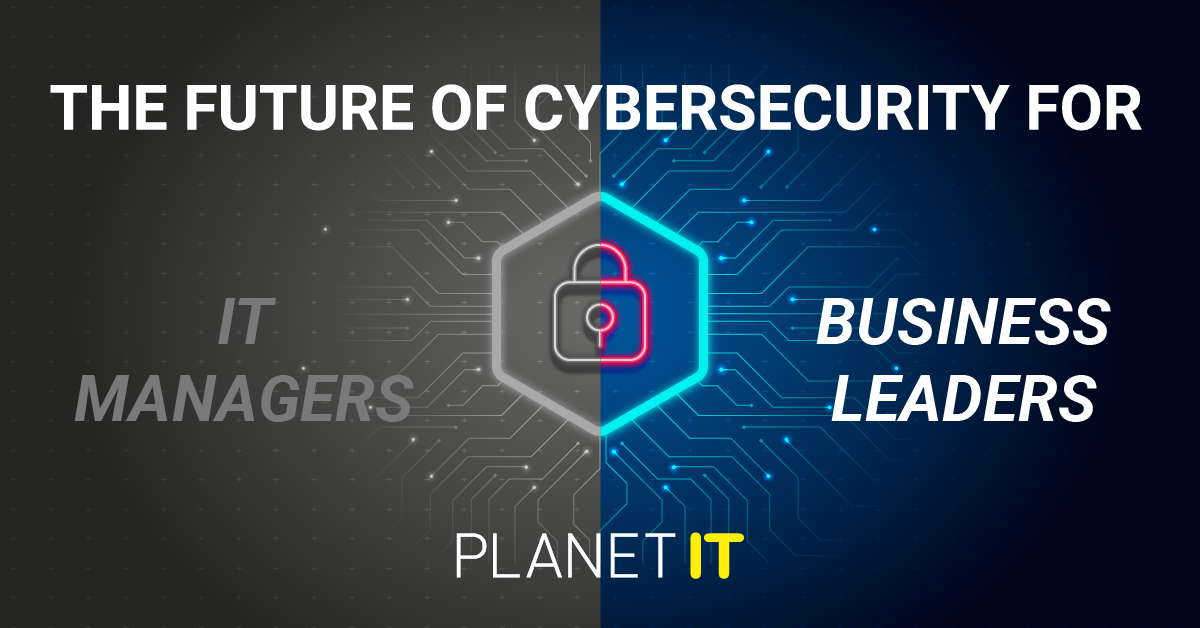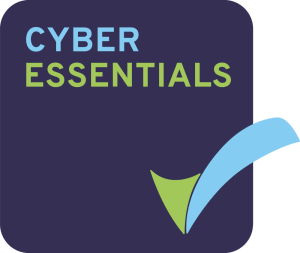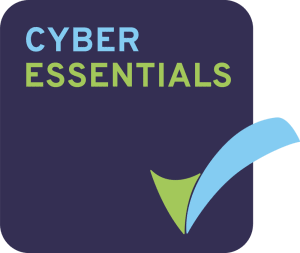The Ticketmaster data breach, what can we learn?

If you have been hiding under a rock, you might have missed that Live Nation has confirmed that it had around 1.3TB of cached data from the Ticketmaster system stolen by cybercriminals. The criminals now demand payment; otherwise, the 560 million customers’ records will be leaked.
In May 2024, a cybercriminal group known as ShinyHunters claimed to have stolen the personal details of millions of Ticketmaster customers. (You’re likely to be one of them. I know I probably am!) The stolen data allegedly included names, addresses, phone numbers, and partial credit card details. The breach was reportedly carried out by exploiting a vulnerability in a third-party cloud database containing Ticketmaster data.
Firstly, if you have ever used Ticketmaster in the past, you may want to take some personal steps. Secondly, I want to shift the lens and look at what this level of data breach should teach you about your cyber security practices and how your business should face the challenges of the evolving cyber landscape.
What cybersecurity measures does your business need to implement right now?
Implement a Robust Cybersecurity Strategy:
A comprehensive cybersecurity strategy should include a detailed plan for preventing, detecting, and responding to cyber threats. This involves conducting regular risk assessments, implementing security policies and procedures, and ensuring compliance.
Keep Software and Hardware Up to date:
Regularly updating software and hardware is crucial, as outdated systems can have vulnerabilities that cybercriminals can exploit. This includes operating systems, applications, and firmware on all devices.
Use Strong Passwords and Multi-factor Authentication:
Strong passwords are complex, lengthy, and unique. Multi-factor authentication adds an extra layer of security by requiring users to provide two or more verification factors to access a resource.
Educate Employees:
Cybersecurity education and awareness training can help employees recognise and respond appropriately to cyber threats. This includes training on recognising phishing attempts, safe internet use, and responsibilities in handling sensitive data.
Use a Secure File-sharing Solution to Encrypt Data:
Encryption converts data into a code to prevent unauthorised access. Secure file-sharing solutions can encrypt data at rest and in transit, providing an additional layer of security.
Use Anti-virus and Anti-malware:
Anti-virus software is designed to detect, prevent, and remove viruses and other malicious software like worms, trojans, adware, and more. Regularly updating these tools ensures they can protect against the latest threats.

Use a VPN to Privatise Your Connections:
A VPN creates a private network from a public internet connection, masking your IP address and encrypting data in transit. This can help protect your data from being intercepted or accessed by unauthorised individuals.
Check Links Before You Click:
Cybercriminals often use malicious links to install malware or steal data. Always hover over a link to see where it leads before clicking and be wary of shortened or misspelt URLs.
Don’t Be Lazy with Your Passwords!
Using the same password for multiple accounts increases the risk of one account being compromised. Use a password manager to help you create and store complex and unique passwords for each of your accounts.
The Ticketmaster breach underscores the importance of robust cybersecurity measures for businesses. By implementing these best practices, businesses can significantly reduce their vulnerability to cyber threats and protect their valuable data. Remember, cybersecurity is not just an IT issue; it’s a business issue that requires attention at all levels of the organisation.
If you want to talk to one of our experts about how we can help your business stay secure, please call 01235 433900 or email [email protected]t. If you want to speak to me directly, you can contact me via DM or at [email protected].
Read more… The Onion Approach To Cyber Security








